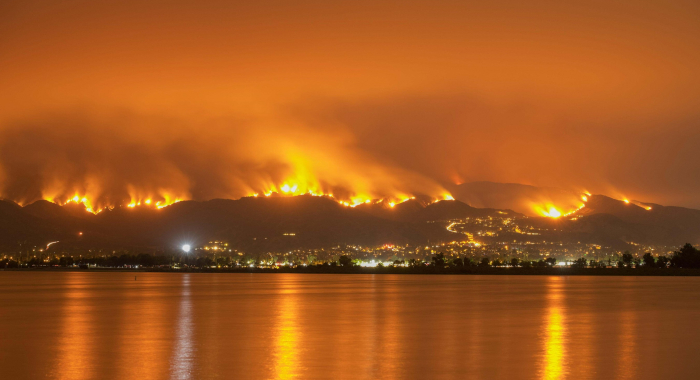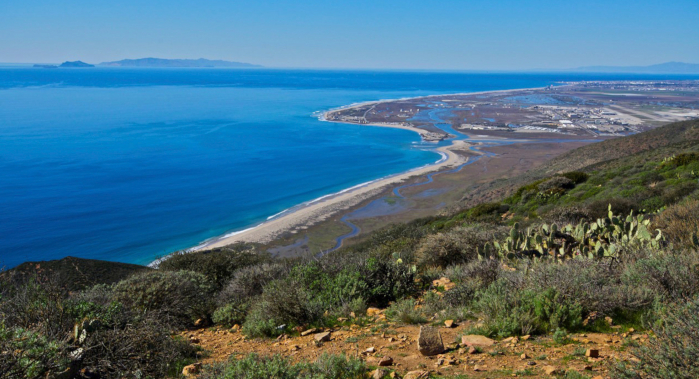Systematic, science-based conservation planning is a hallmark of the Conservancy. For biodiversity to thrive, habitats need to be protected, enhanced, or restored not just in the still wild places on the planet but also where people live and make their livelihoods.
Multi-disciplinary planning can help elucidate where the highest priority places are and what needs to happen there – and inform tradeoffs between conservation and other societal values.


E.C. Underwood, J.H. Viers, K.R. Klausmeyer, R.L. Cox, M. R. Shaw
The mediterranean biome is one of the rarest terrestrial ecosystem types on Earth, restricted to only 2% of the world’s land surface. Encompassing portions of southern Australia, central Chile,…Erik Nelson, Guillermo Mendoza, James Regetz, Stephen Polasky, Heather Tallis, D. Richard Cameron, Kai MA Chan, Gretchen C. Daily, Joshua Goldstein, Peter M. Kareiva, Eric Lonsdorf, Robin Naidoo, Taylor H. Ricketts, M. Rebecca Shaw
Humans benefit from the goods and services provided by natural ecosystems like water filtration, carbon storage, and recreational opportunities to name a few. Assigning economic value to these…Underwood, E.C., K.R. Klausmeyer, R.L. Cox, S.M. Busby, S.A. Morrison, M.R.Shaw
Mediterranean habitats are among the rarest on Earth. Characterized by warm dry summers and cool wet winters, they are restricted to only 2% of the Earth’s land surface–portions of…Scott Morrison, Walter Boyce
Critical for biodiversity conservation is the retention of ecological connectivity in the landscape, so that wildlife—and the natural processes that sustain wildlife—can move around.…Dan Laffoley, Alan T. White, Stacey Kilarski, Mary Gleason, Scott Smith, Ghislaine Llewellyn , Jon Day , Annie Hillary, Victoria Wedell, Daphine Pee
With government, agency and organizational partners, Conservancy scientists helped publish an IUCN guidebook to inspire conservation investment in global marine protection and provide a case study…Golet G.H., M.D. Roberts , E.W. Larsen, R.A. Luster, R. Unger, G. Werner, G.G. White.
River restoration projects have the potential to influence many of the services that rivers provide to people, yet rarely is this studied in a comprehensive manner. This paper reports on a set of…Mary G. Gleason, Matt S. Merrifield, Chuck Cook, Audrey L. Davenport, Rebecca Shaw
This study is the first marine gap analysis for California. It quantifies what is protected and what is not and highlights conservation needs and opportunities. Less than 5% of marine habitats are…Mary Gleason, Matt Merrifield, Chuck Cook, Miguel Hall
The Conservancy's science and planning staff in California prepared this assessment of the most important areas for conservation of marine biodiversity in the Northern California…Mary Gleason, Matt Merrifield, Craig Mayer, Michelle McCutchan, Chuck Cook
The Conservancy's science and planning staff in California prepared this assessment of the most important areas for conservation of marine biodiversity in the Southern California Marine…